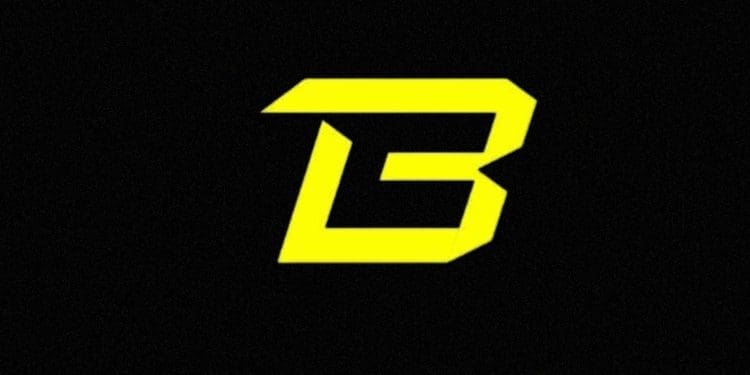- Blast’s TVL has surpassed $500 million shortly after launch, making it one of the fastest growing protocols by TVL.
- Blast has faced criticism for appearing centralized and having Ponzi-like tokenomics, with some arguing it resembles a single-node sidechain rather than a true Layer 2.
- Blast claims its multi-sig smart contract is safer than immutable contracts, with reputable experts independently securing each key, but will further decentralize custody by changing a hardware wallet provider.
Ethereum‘s newest Layer 2 scaling solution Blast continues its meteoric growth, surpassing $500 million in total value locked (TVL). However, some in the crypto community have raised concerns about the protocol’s security, tokenomics and decentralization.
Blast’s TVL Reaches New Highs
On November 26th, Blast’s TVL exceeded $500 million, according to data from DefiLlama. This comes just days after launch, making it one of the fastest growing protocols by TVL.
Blast offers native yields to ETH stakers by re-staking funds into Lido Finance. Stablecoin deposits can also earn yields through Maker’s DAI savings rate. The protocol raised $20 million from leading VCs like Paradigm and Primitive Ventures.
Centralization and Security Concerns
Despite rapid growth, Blast has faced criticism for appearing centralized and having Ponzi-like tokenomics. Some argue it resembles a single-node sidechain rather than a true Layer 2.
The multi-signature smart contract protecting Blast funds has also raised concerns. However, the Blast team argues that upgradeable multi-sig contracts are safer than immutable contracts.
They claim each multi-sig key is independently secured in cold storage with geographic separation. The signers are reputable technical experts with experience in high-value applications.
Upcoming Security Improvements
To further decentralize custody, Blast says a hardware wallet provider for one of the multi-sig addresses will be changed next week.
While debates continue around Blast’s security and decentralization, the protocol remains one of the fastest-growing in DeFi. Its continued growth and updates may determine whether early concerns are addressed.















